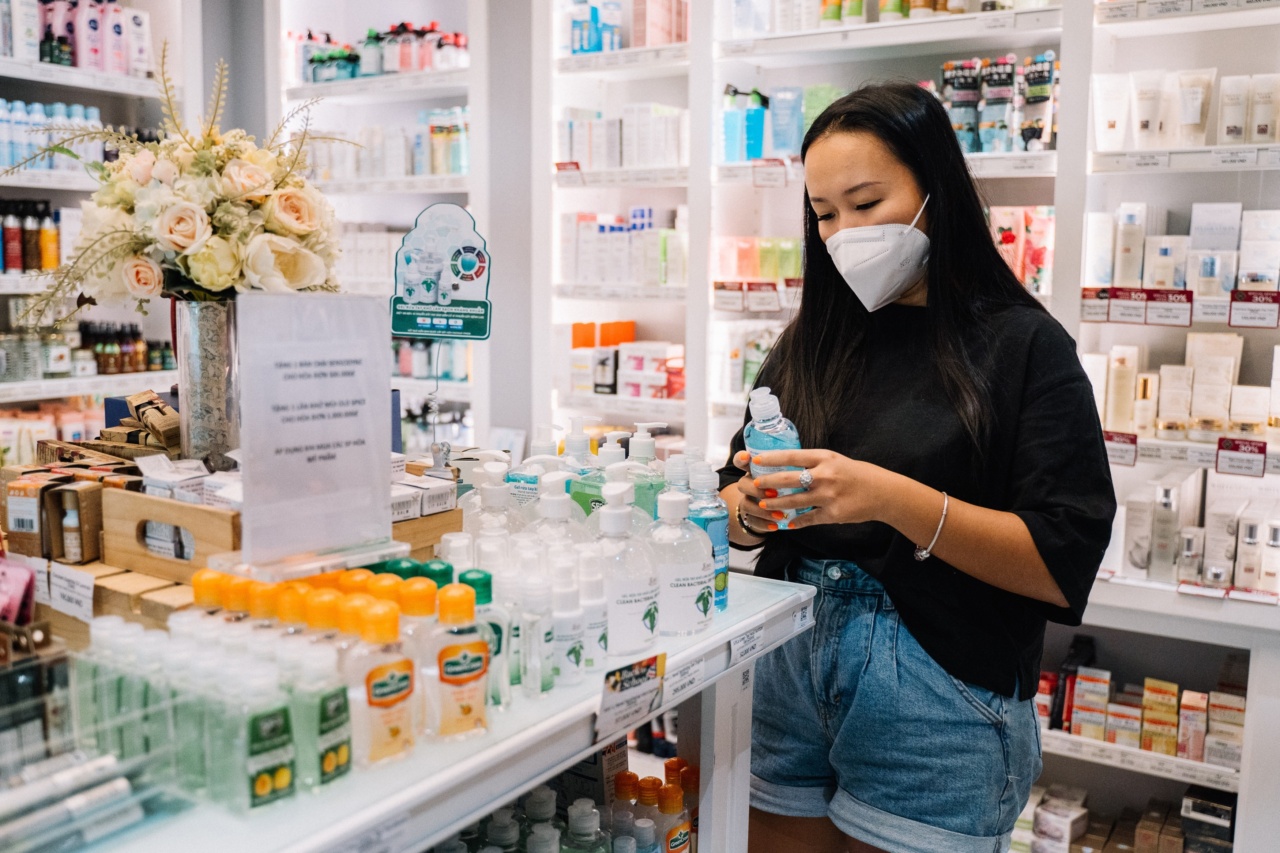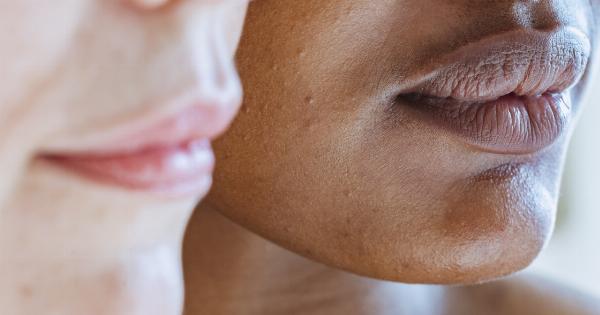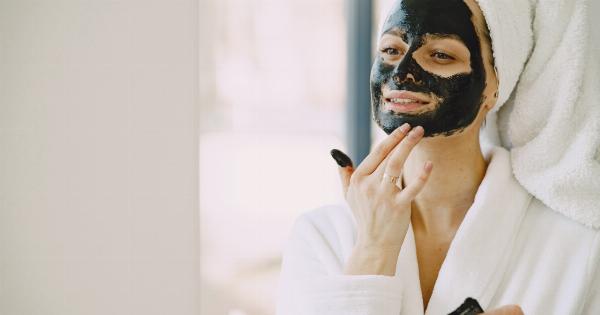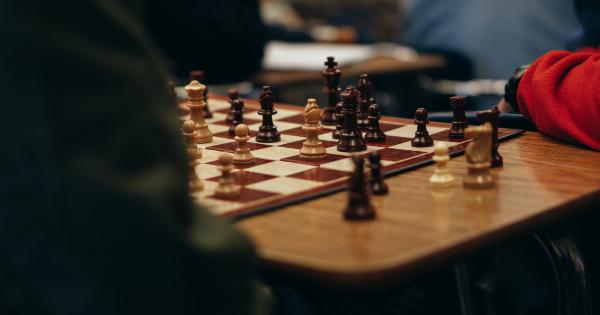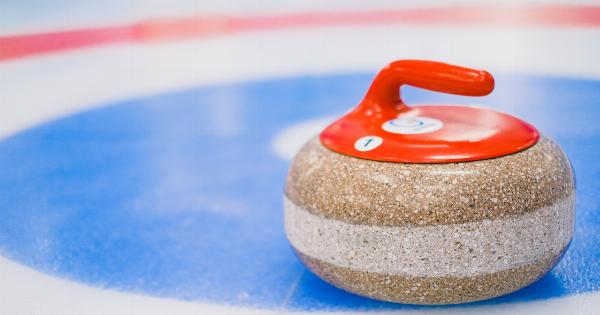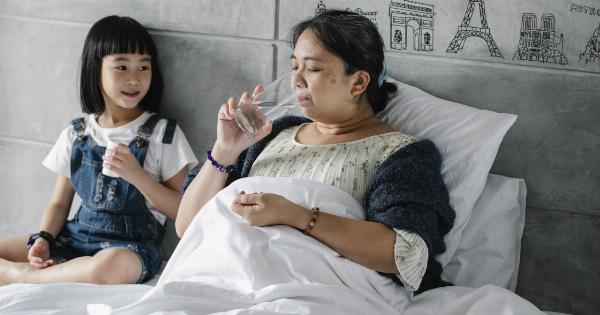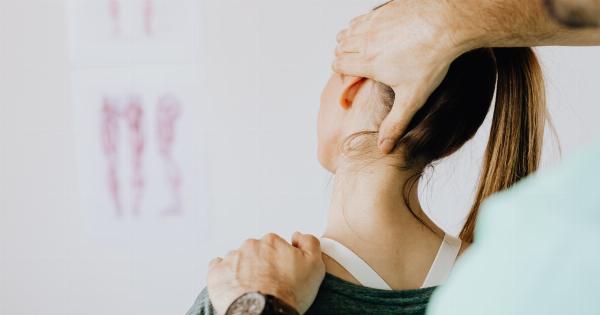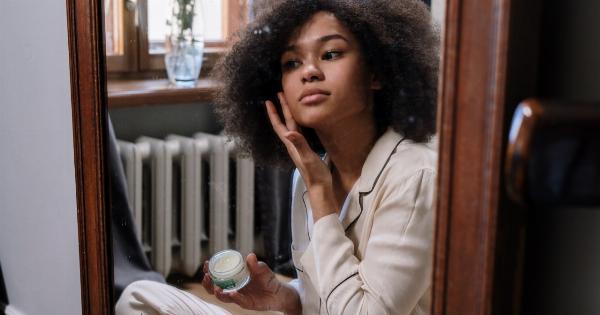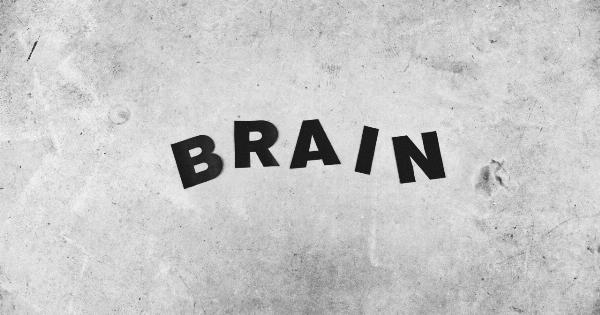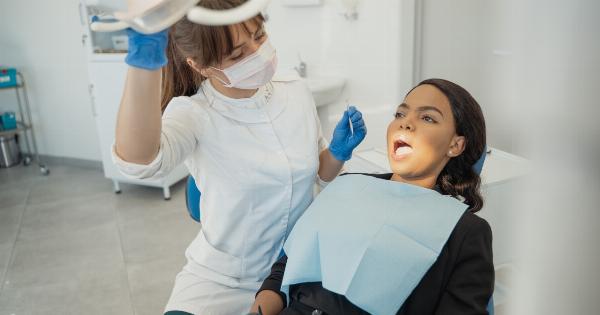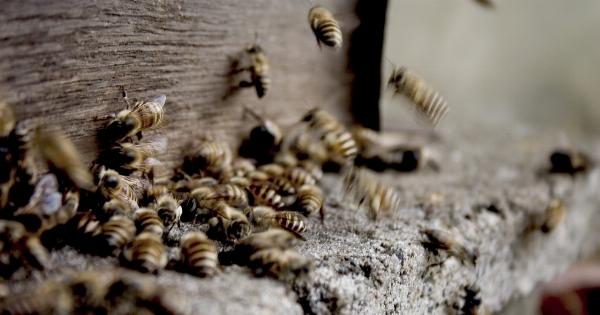Warts are a common skin problem that can be caused by different viruses. They are small, harmless growths that usually appear on the hands and feet, but can also appear on other parts of the body.
Although warts are not dangerous, they can be unsightly and embarrassing, and can cause discomfort or pain if they grow on sensitive skin areas. Fortunately, there are several effective treatment options for removing warts that can help you get rid of these annoying growths once and for all.
Cryotherapy
Cryotherapy is a common treatment for warts that involves freezing the affected area with liquid nitrogen. This method is effective because it destroys the cells in the wart, causing it to eventually fall off.
It can be slightly painful, but the discomfort is usually brief and tolerable. Cryotherapy is a quick and easy procedure that can be performed in a doctor’s office or clinic.
Salicylic Acid
Salicylic acid is a popular over-the-counter treatment for warts that works by gradually dissolving the affected tissue. It is available in various forms, such as liquids, gels, and plasters, and can be used at home.
Salicylic acid treatment requires patience and persistence, as it can take several weeks or months to completely remove a wart. It is safe and generally well-tolerated, but can cause irritation or dryness in some people.
Cantharidin
Cantharidin is a chemical compound that is extracted from blister beetles and used as a topical treatment for warts. It works by causing a blister to form under the wart, which lifts the wart off the skin.
Cantharidin treatment is painless and may only require a single application. However, it should be done by a healthcare professional as the solution needs to be carefully applied to avoid skin damage.
Laser Treatment
Laser treatment is a more aggressive approach to wart removal that involves using intense light beams to destroy the affected tissue. It is a safe and effective procedure that can be performed in a doctor’s office under local anesthesia.
Laser treatment is usually recommended for larger or more resistant warts, but can also be used for smaller warts. It may cause some discomfort and require several sessions for complete removal.
Surgery
Surgery is a last resort option for warts that are particularly stubborn or have grown deep into the skin. It involves cutting out the affected tissue or using electrodesiccation and curettage to burn and scrape off the wart.
Surgery is generally a safe procedure but may cause scarring or other complications. It is usually done under local anesthesia and can be performed on an outpatient basis.
Bleomycin
Bleomycin is a chemotherapy drug that has been found to be effective in treating warts. It is injected directly into the wart, where it works by inhibiting the growth of cells in the affected area.
Bleomycin treatment is safe and has a high success rate, but may require multiple injections over several weeks. It is usually reserved for more severe cases of warts that have not responded to other treatments.
Home Remedies
There are also various home remedies that can be used to treat warts, although their effectiveness is not scientifically proven.
These include applying duct tape or garlic to the affected area, using tea tree oil or aloe vera gel, or taking vitamin C or zinc supplements. While these remedies may be safe to try, it is important to talk to your healthcare provider before using them. They should not be used as a substitute for medical treatment.
Prevention
Prevention is the best way to avoid getting warts in the first place. To reduce your risk of getting warts:.
- Keep your skin clean and dry.
- Avoid touching or picking at warts.
- Avoid sharing personal items, such as towels or razors, with someone who has warts.
- Wear protective footwear, such as shoes or sandals, in public areas such as locker rooms and swimming pools.
- Boost your immune system through healthy eating, exercise, and reducing stress.
Conclusion
Warts are a common skin problem that can be effectively treated using various methods, from over-the-counter solutions to more invasive procedures.
Cryotherapy, salicylic acid, cantharidin, laser treatment, surgery, and bleomycin are all effective options for removing warts. It is important to talk to your healthcare provider before using any of these methods. Prevention is the best way to avoid getting warts and maintaining good hygiene is key.
